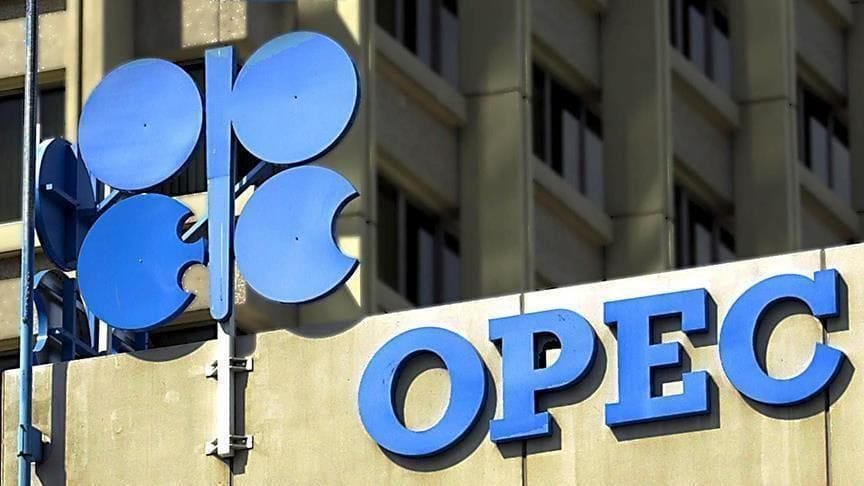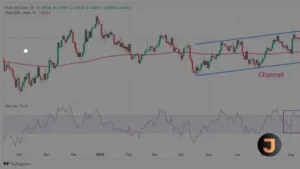Crude Oil Price Rebounds as Saudi Arabia Adjusts Official Selling Prices
In a recent turn of events, the crude oil price has shown signs of recovery, with the West Texas Intermediate (WTI) trading at approximately $78.20 per barrel during the Asian session on Monday. This positive shift comes after Saudi Arabia, a leading member of the Organisation of the Petroleum Exporting Countries (OPEC), announced an increase in June crude prices for several regions.
The kingdom’s decision to raise the Official Selling Prices (OSPs) for its crude oil sold to Asia, northwest Europe, and the Mediterranean is a strategic move that reflects an anticipation of heightened demand throughout the upcoming summer season. This price adjustment is seen as a response to market dynamics and consumer expectations.
Further bolstering the market sentiment, the OPEC+ alliance, which includes OPEC members and their allies, is reportedly considering maintaining current oil production levels. Ministers from the group are set to reassess output allocations on June 1, with a potential extension of the current stance for an additional three months. This decision follows last week’s announcement by OPEC+ producers that they are ready to continue with voluntary output cuts of 2.2 million barrels per day beyond June, should the oil demand not recover as previously forecasted.
Geopolitical tensions have also played a role in the recent uptick in oil prices. Concerns over the Middle East’s stability have intensified following reports of a potential breakdown in ceasefire negotiations between Israel and Hamas. The ongoing conflict and its implications for regional security have raised supply fears, contributing to the upward trajectory of oil prices.
On the demand side, the US economic landscape is influencing market dynamics. Recent US jobs data fell short of expectations, sparking speculation about potential Federal Reserve interest rate cuts within the year. Such monetary policy adjustments could stimulate economic growth in the United States, potentially increasing oil demand. Additionally, a weaker US Dollar, which often results from lower interest rates, could make crude oil more affordable for buyers using other currencies, further influencing demand.
As global markets continue to navigate through economic indicators and geopolitical developments, all eyes remain on OPEC+ decisions and their impact on the crude oil price.






